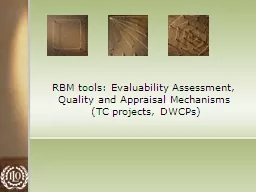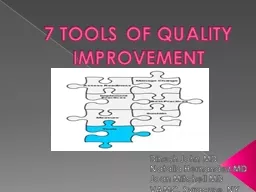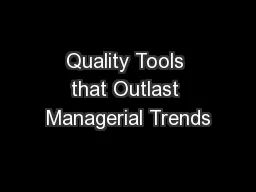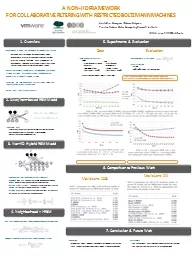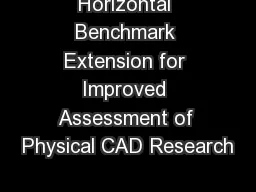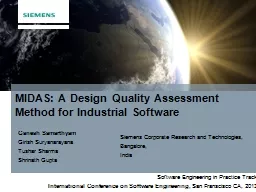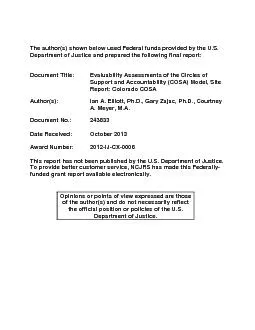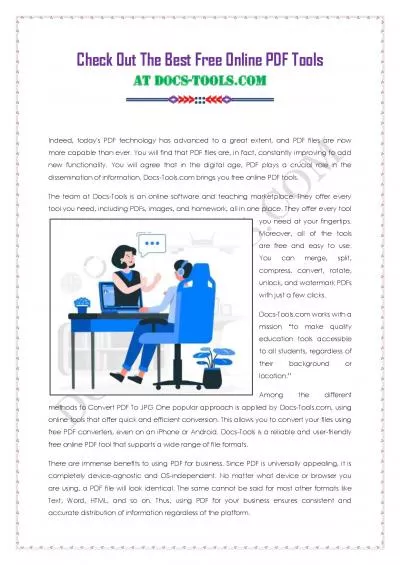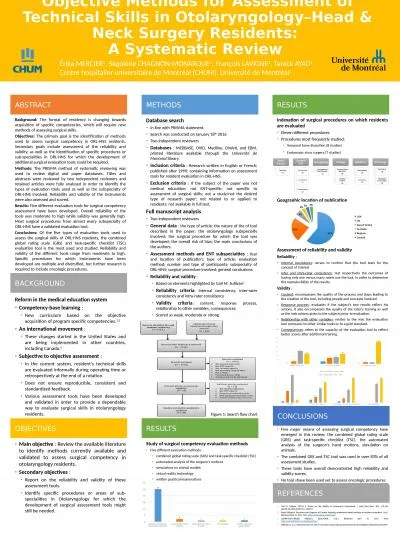PPT-RBM tools: Evaluability Assessment, Quality and
Author : ellena-manuel | Published Date : 2018-02-28
Appraisal M echanisms TC projects DWCPs What is Resultsbased management RBM Managing with the result as the point of departure Start with the measurable end clearly
Presentation Embed Code
Download Presentation
Download Presentation The PPT/PDF document "RBM tools: Evaluability Assessment, Qual..." is the property of its rightful owner. Permission is granted to download and print the materials on this website for personal, non-commercial use only, and to display it on your personal computer provided you do not modify the materials and that you retain all copyright notices contained in the materials. By downloading content from our website, you accept the terms of this agreement.
RBM tools: Evaluability Assessment, Quality and: Transcript
Download Rules Of Document
"RBM tools: Evaluability Assessment, Quality and"The content belongs to its owner. You may download and print it for personal use, without modification, and keep all copyright notices. By downloading, you agree to these terms.
Related Documents

